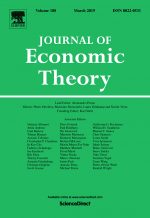
Volker Benndorf, Ismael Martinez-Martinez,
Hans-Theo Normann, 2016,
Journal of Economic Theory , 165, 472-486
Hans-Theo Normann, 2016,
Journal of Economic Theory , 165, 472-486
Abstract:
Standard one- and two-population models for evolutionary games are the limit cases of a uniparametric family combining intra- and intergroup interactions. Our setup interpolates between both extremes with a coupling parameter κ. For the example of the hawk–dove game, we analyze the replicator dynamics of the coupled model. We confirm the existence of a bifurcation in the dynamics of the system and identify three regions for equilibrium selection, one of which does not appear in common one- and two-population models. We also design a continuous-time experiment, exploring the dynamics and the equilibrium selection. The data largely confirm the theory.
Standard one- and two-population models for evolutionary games are the limit cases of a uniparametric family combining intra- and intergroup interactions. Our setup interpolates between both extremes with a coupling parameter κ. For the example of the hawk–dove game, we analyze the replicator dynamics of the coupled model. We confirm the existence of a bifurcation in the dynamics of the system and identify three regions for equilibrium selection, one of which does not appear in common one- and two-population models. We also design a continuous-time experiment, exploring the dynamics and the equilibrium selection. The data largely confirm the theory.

